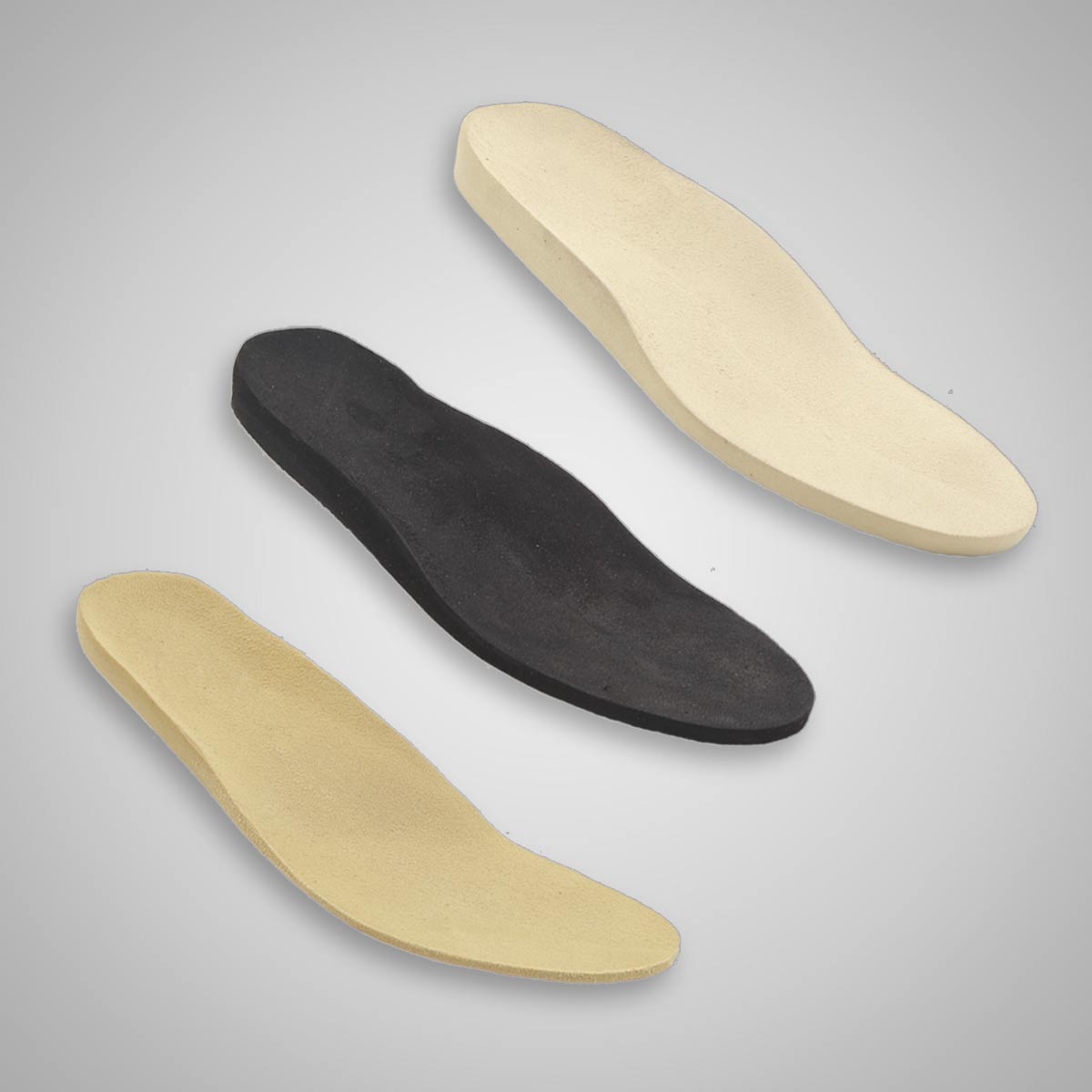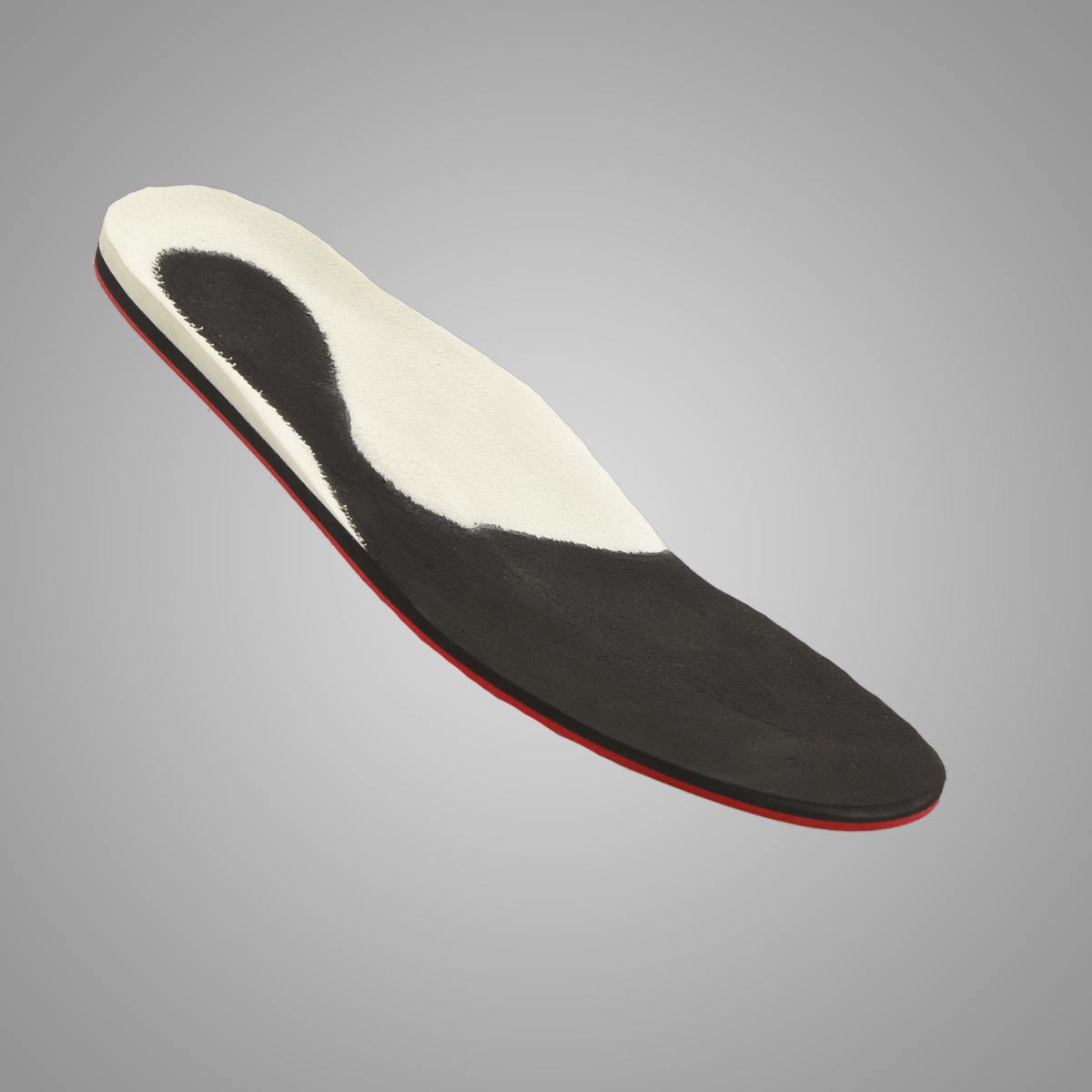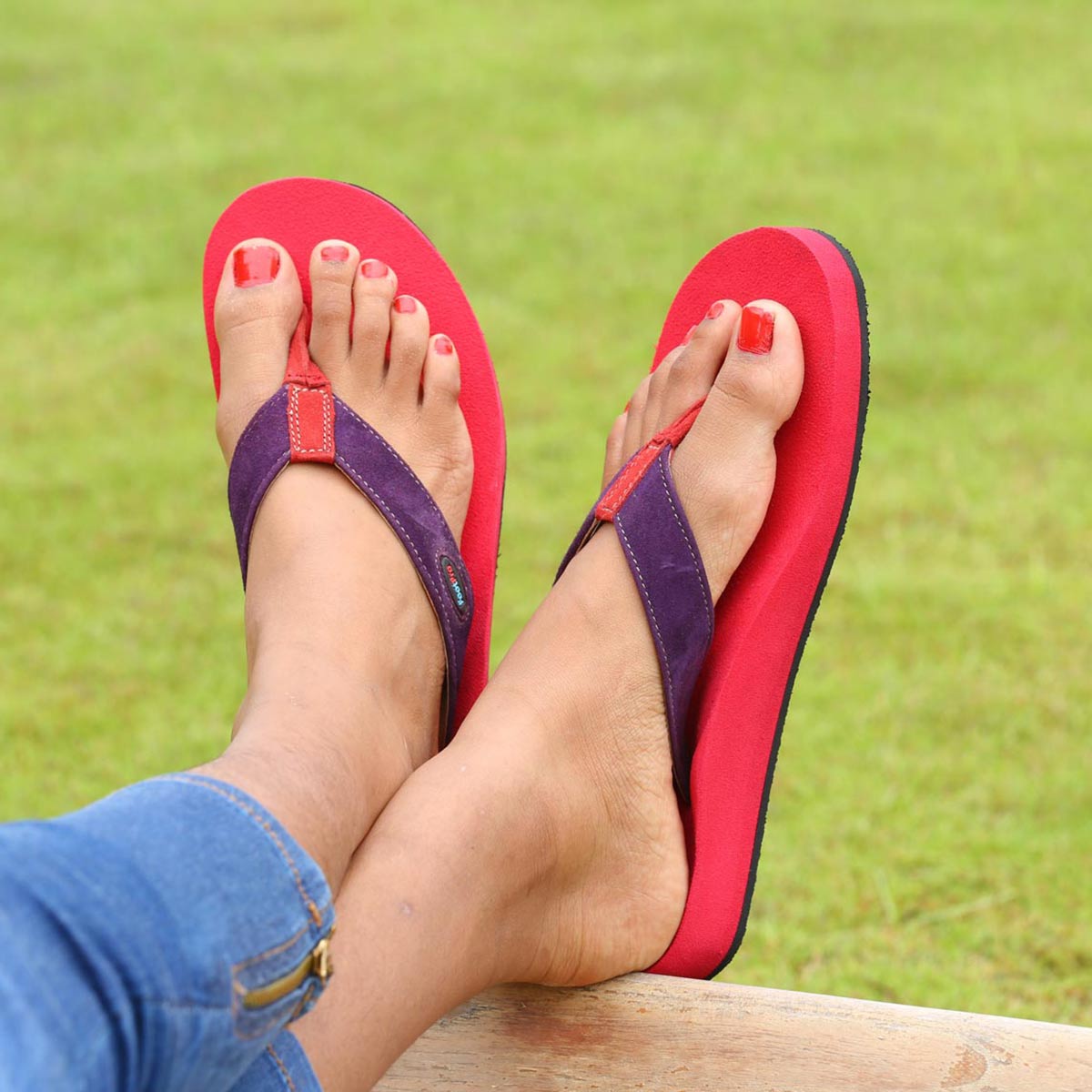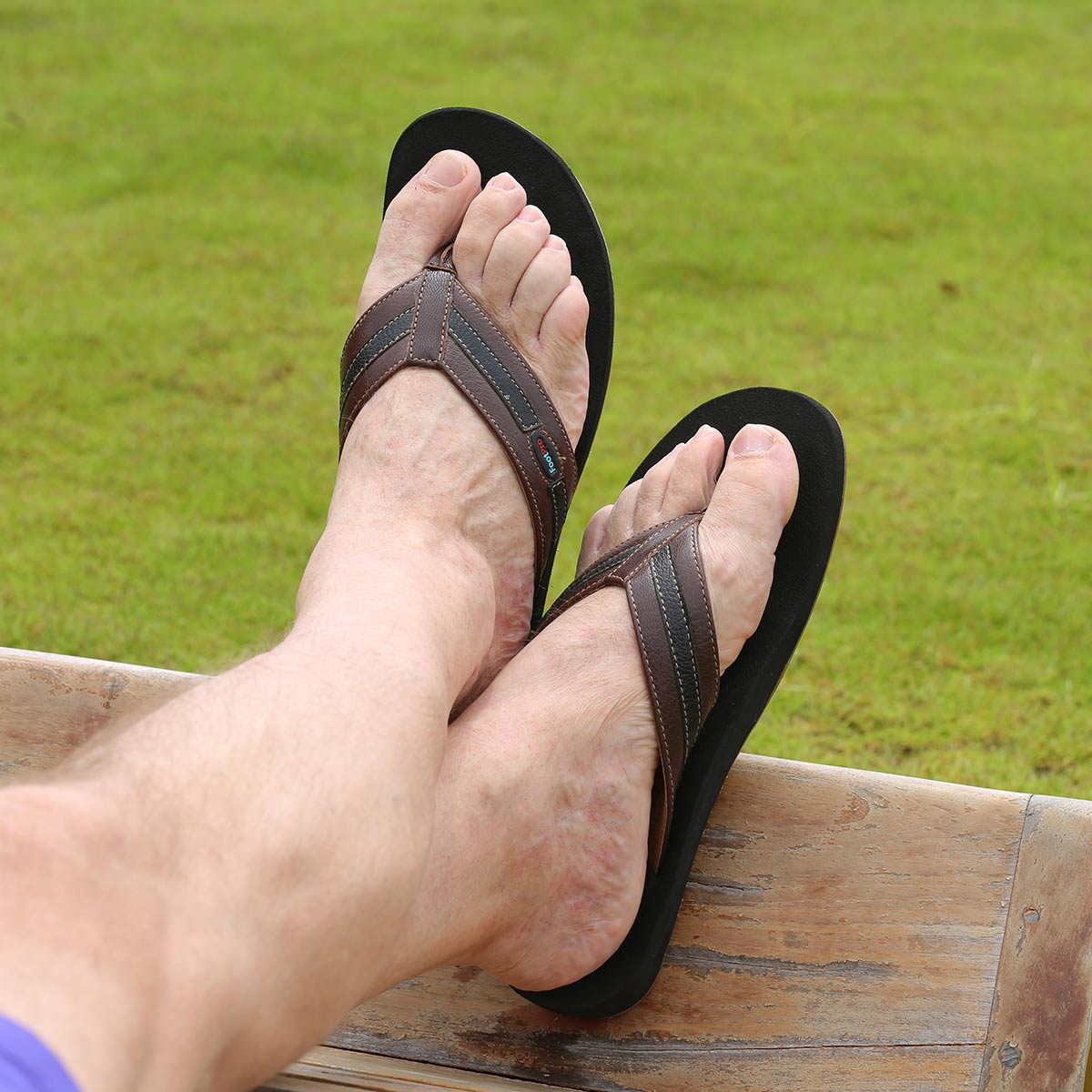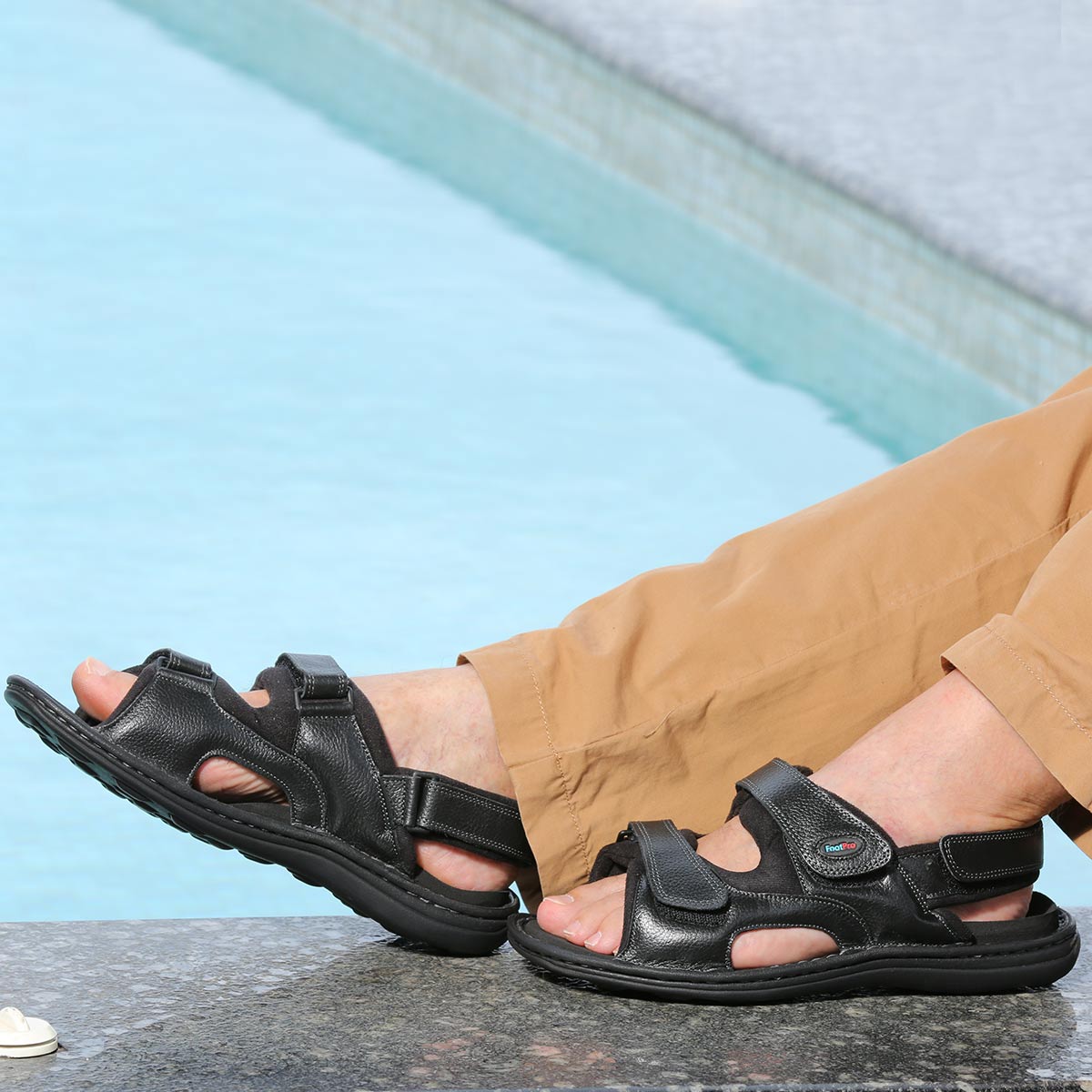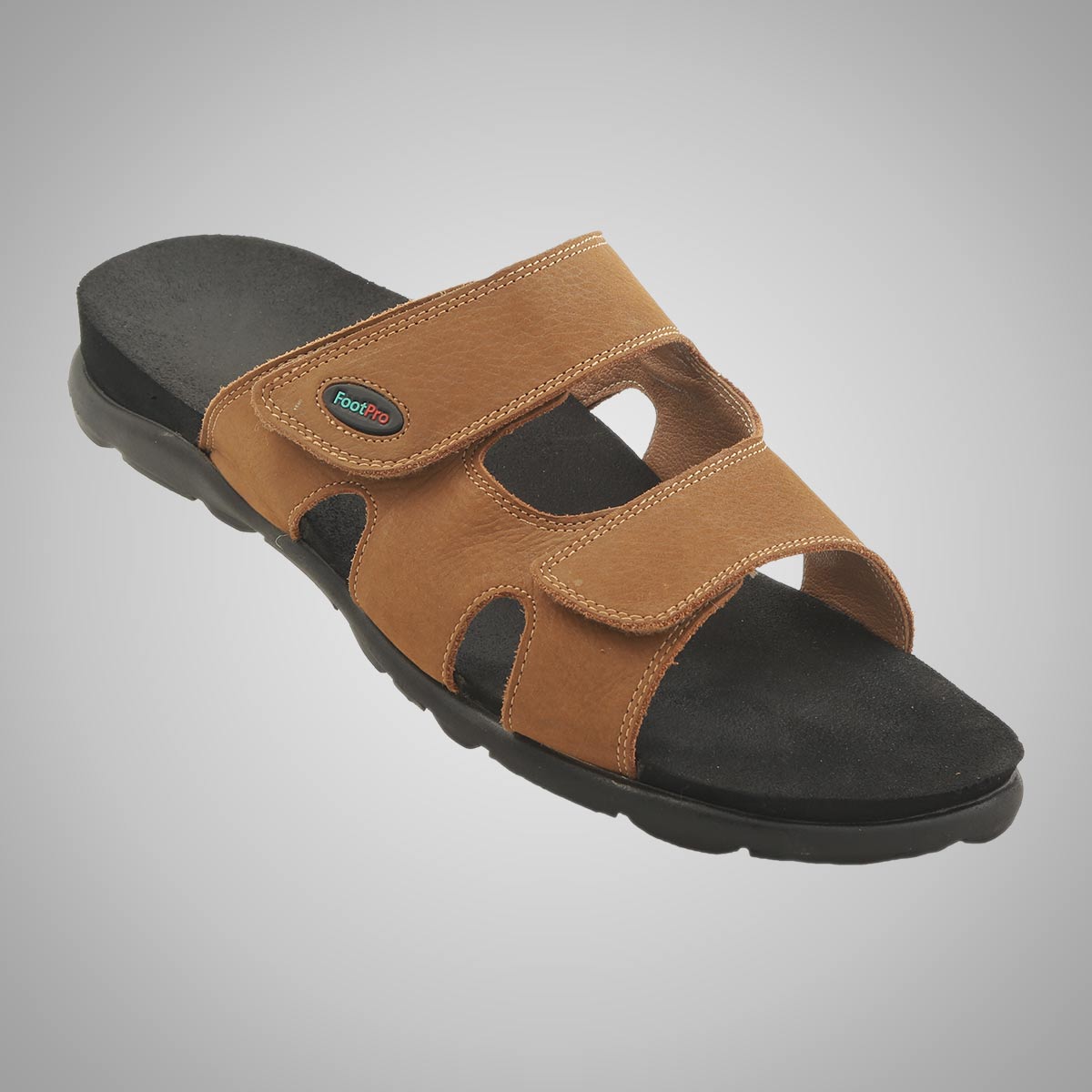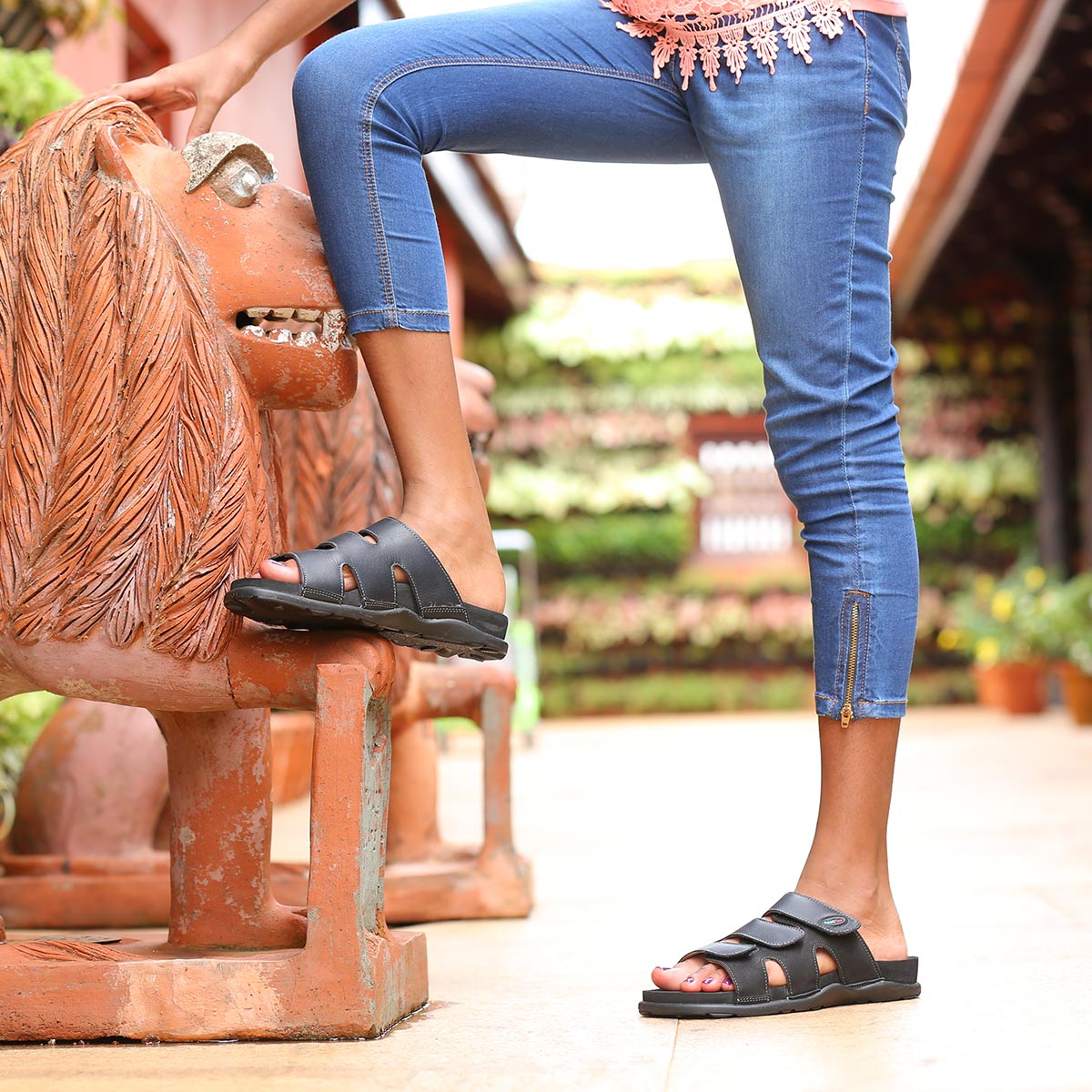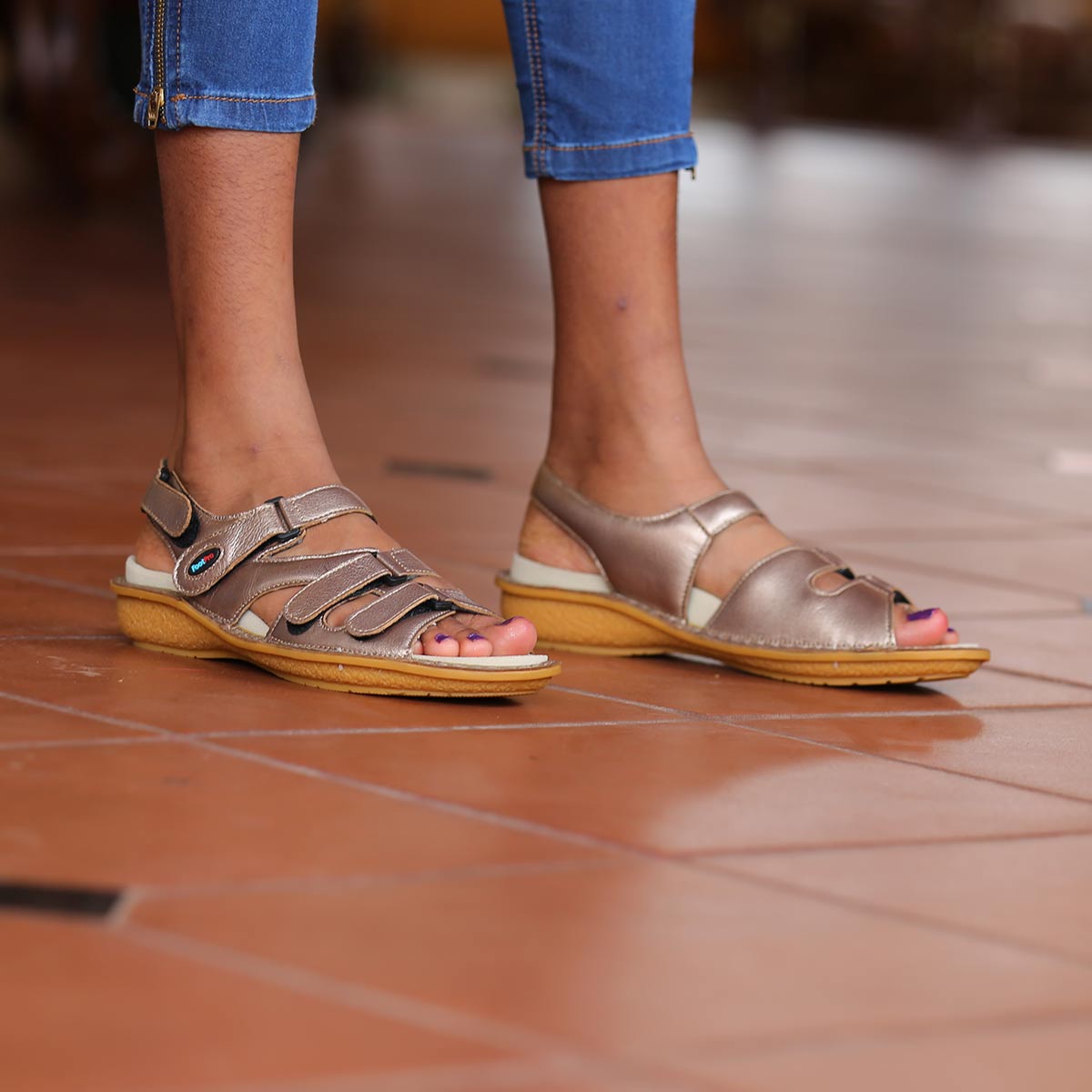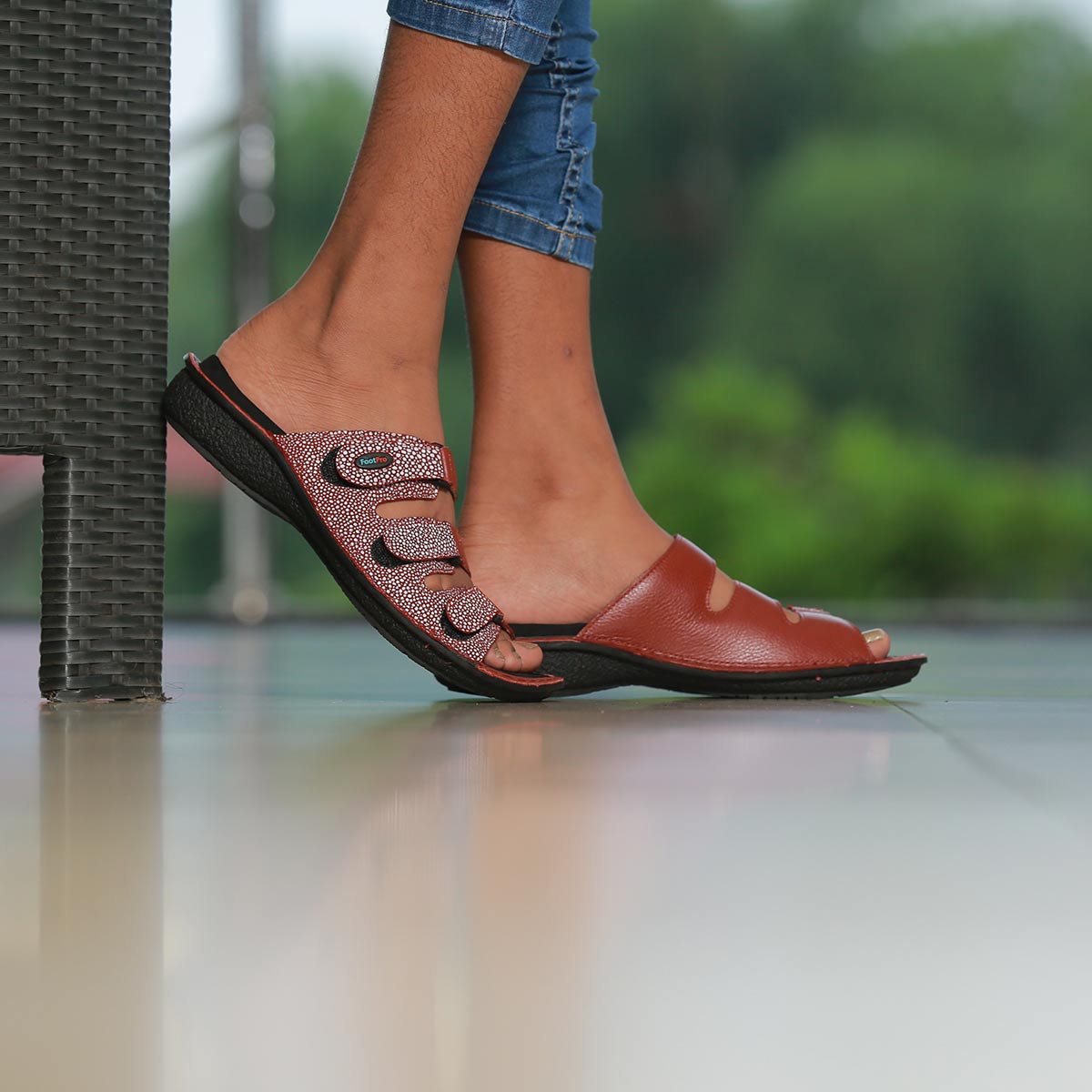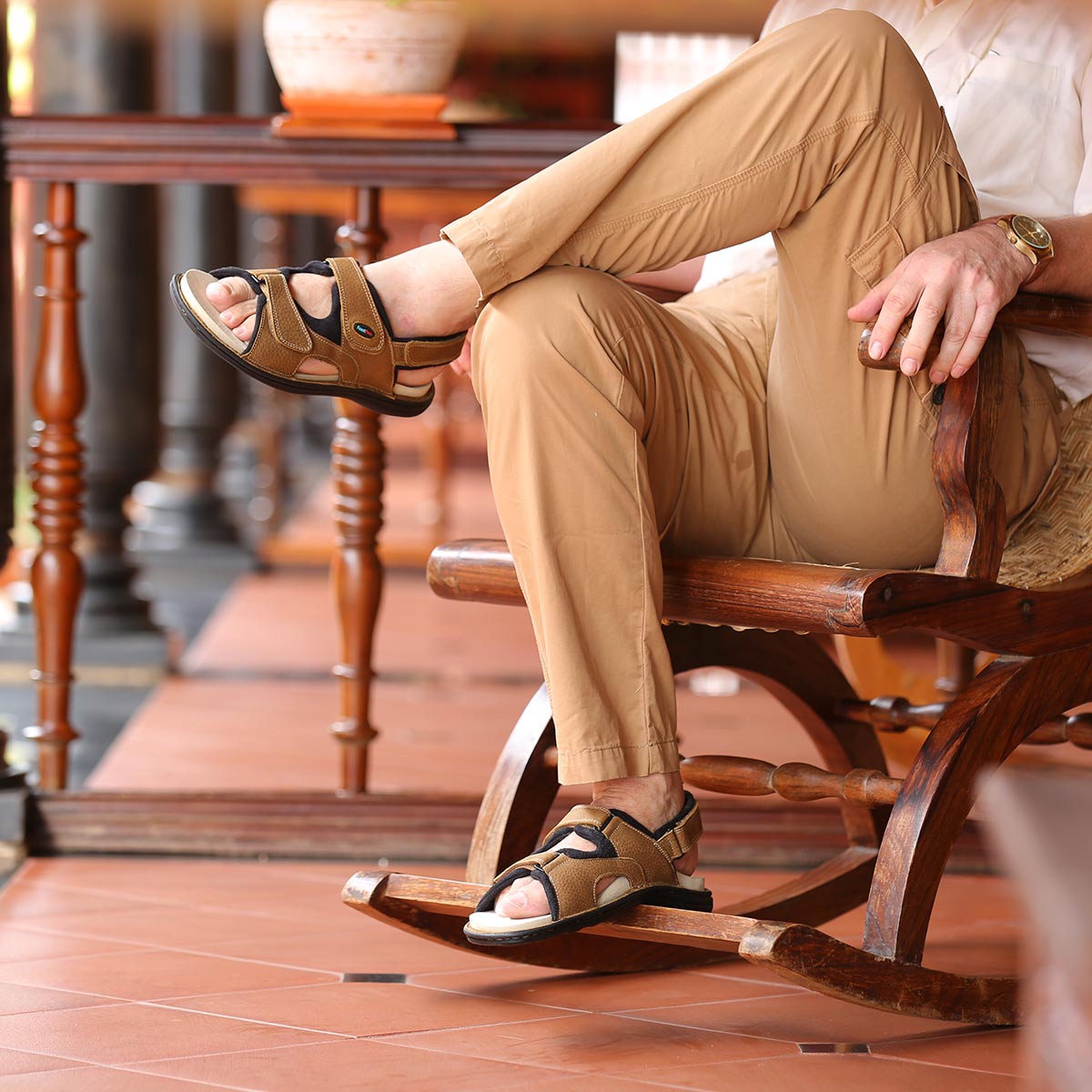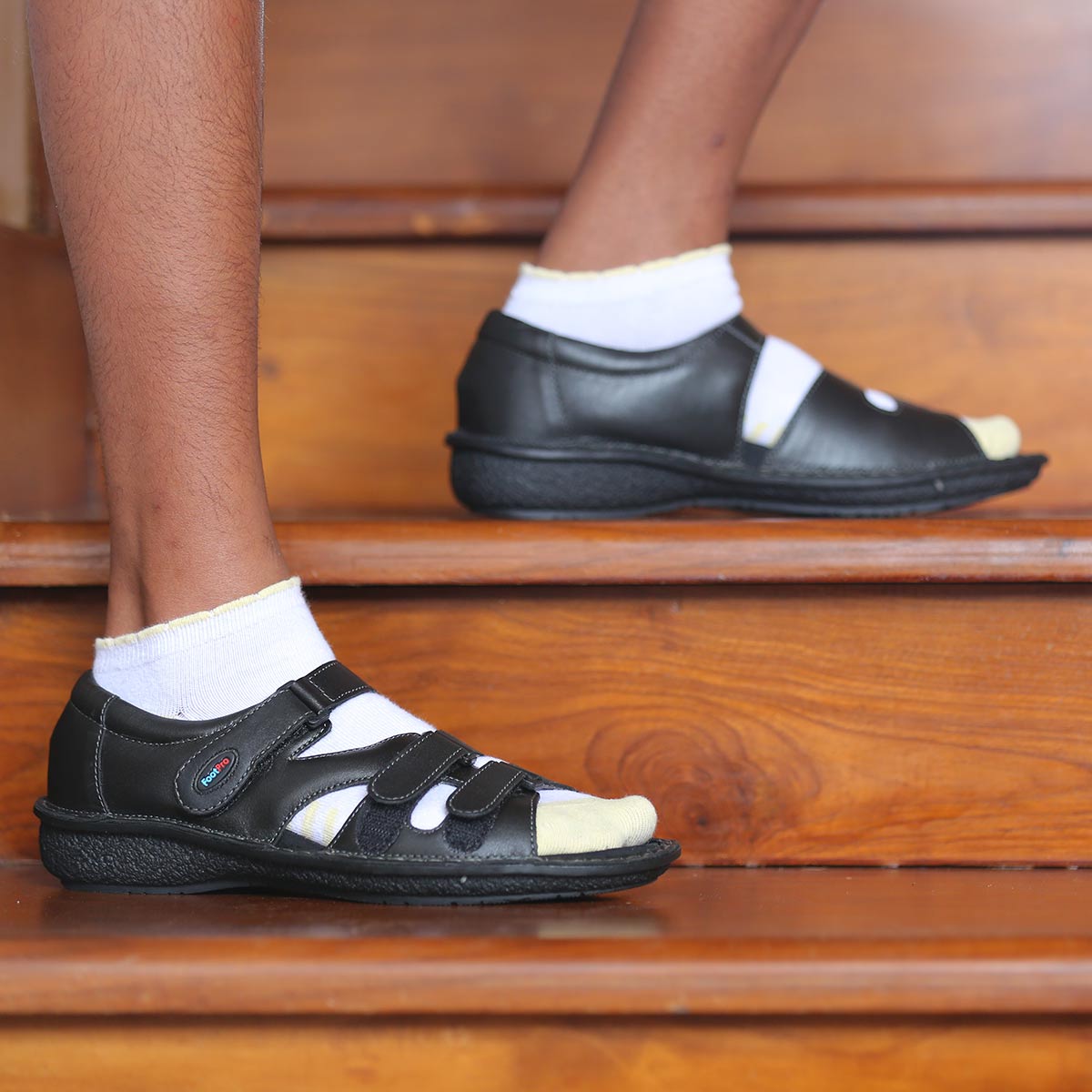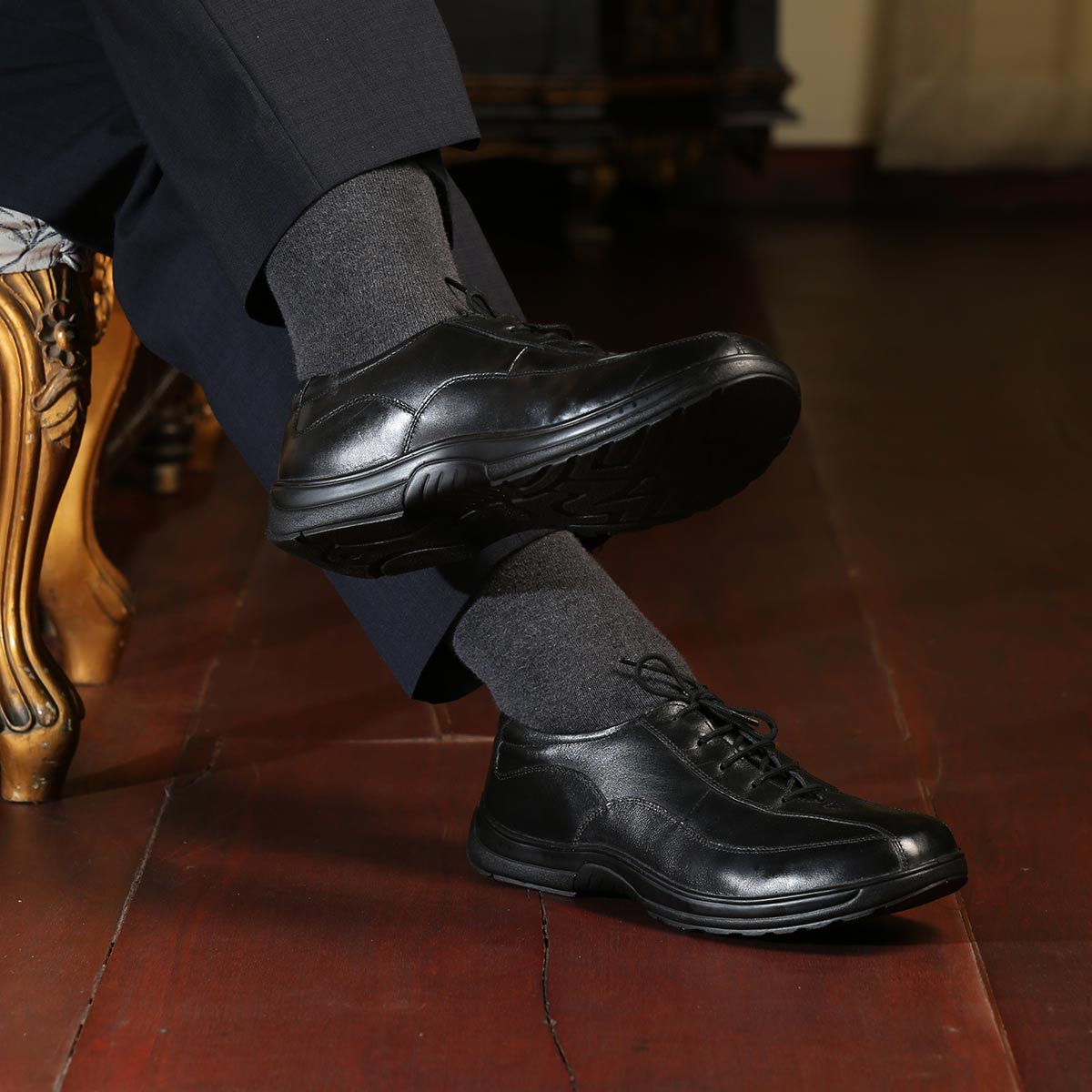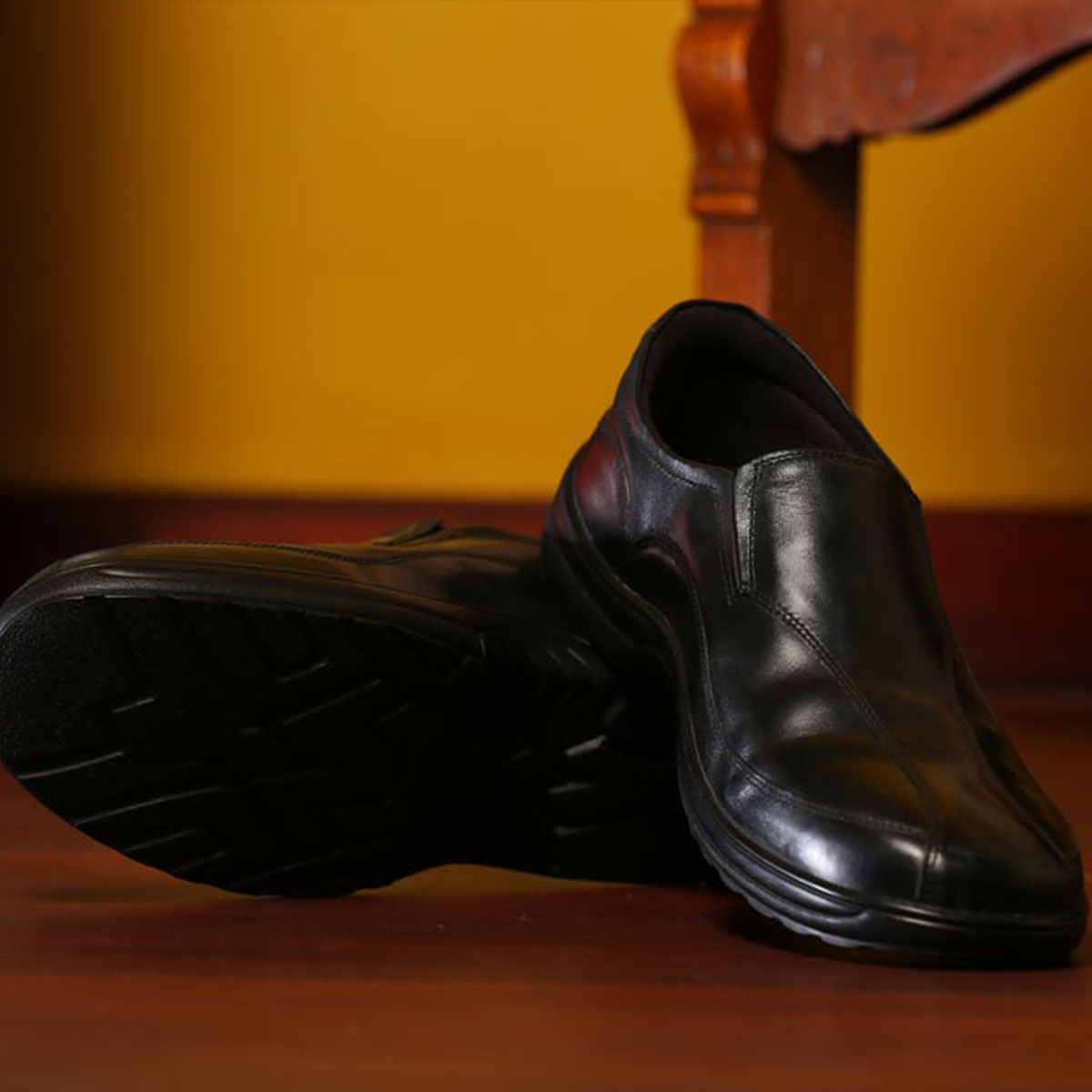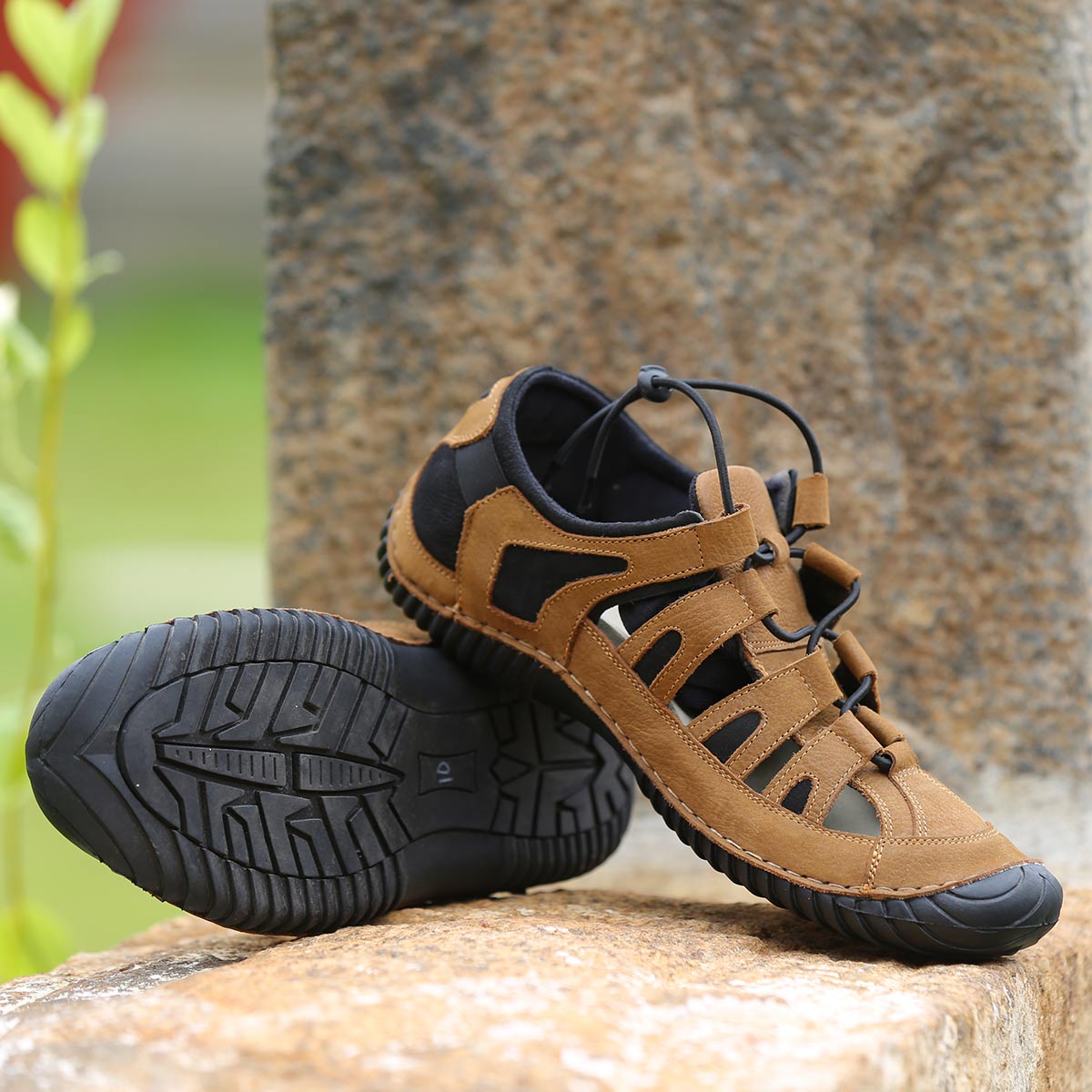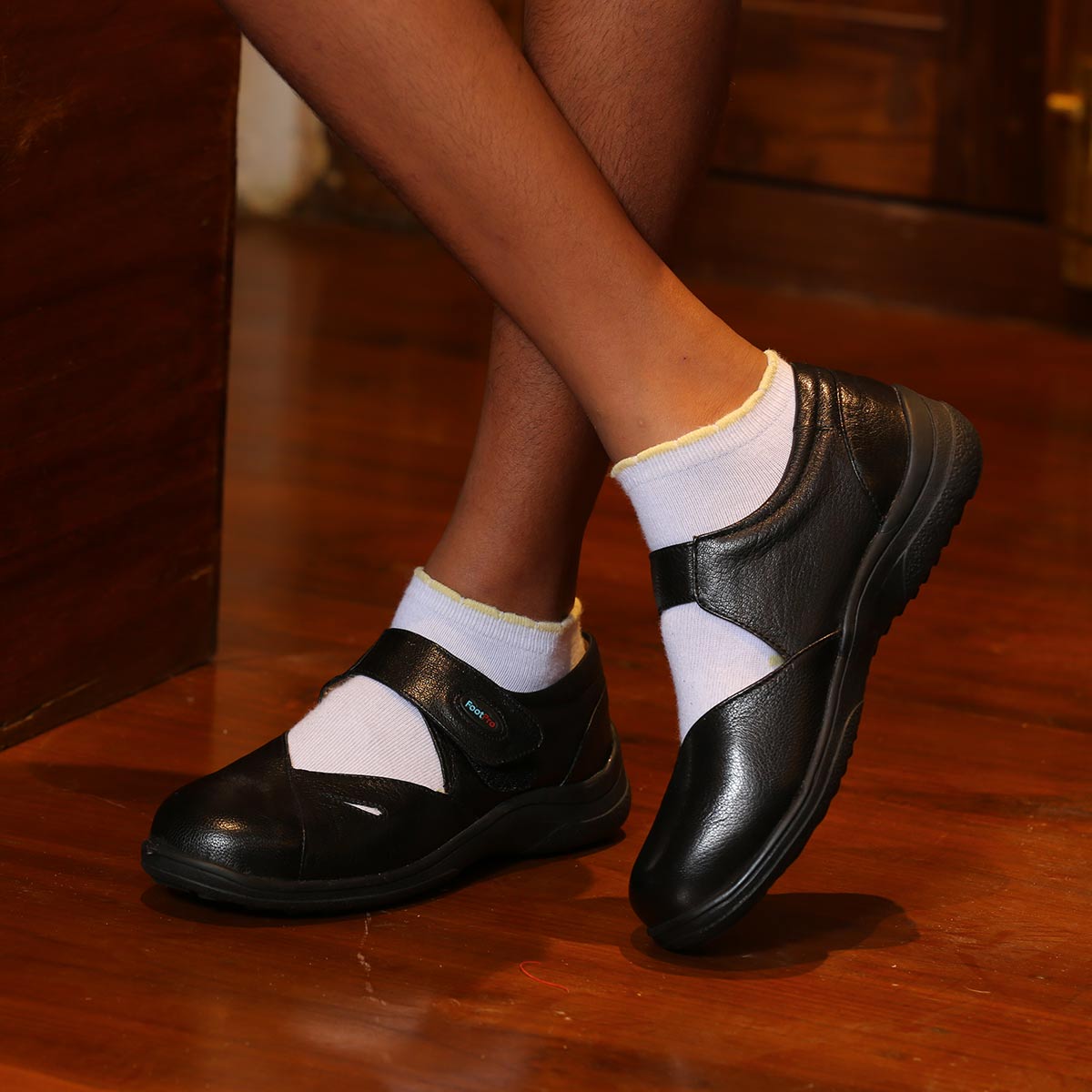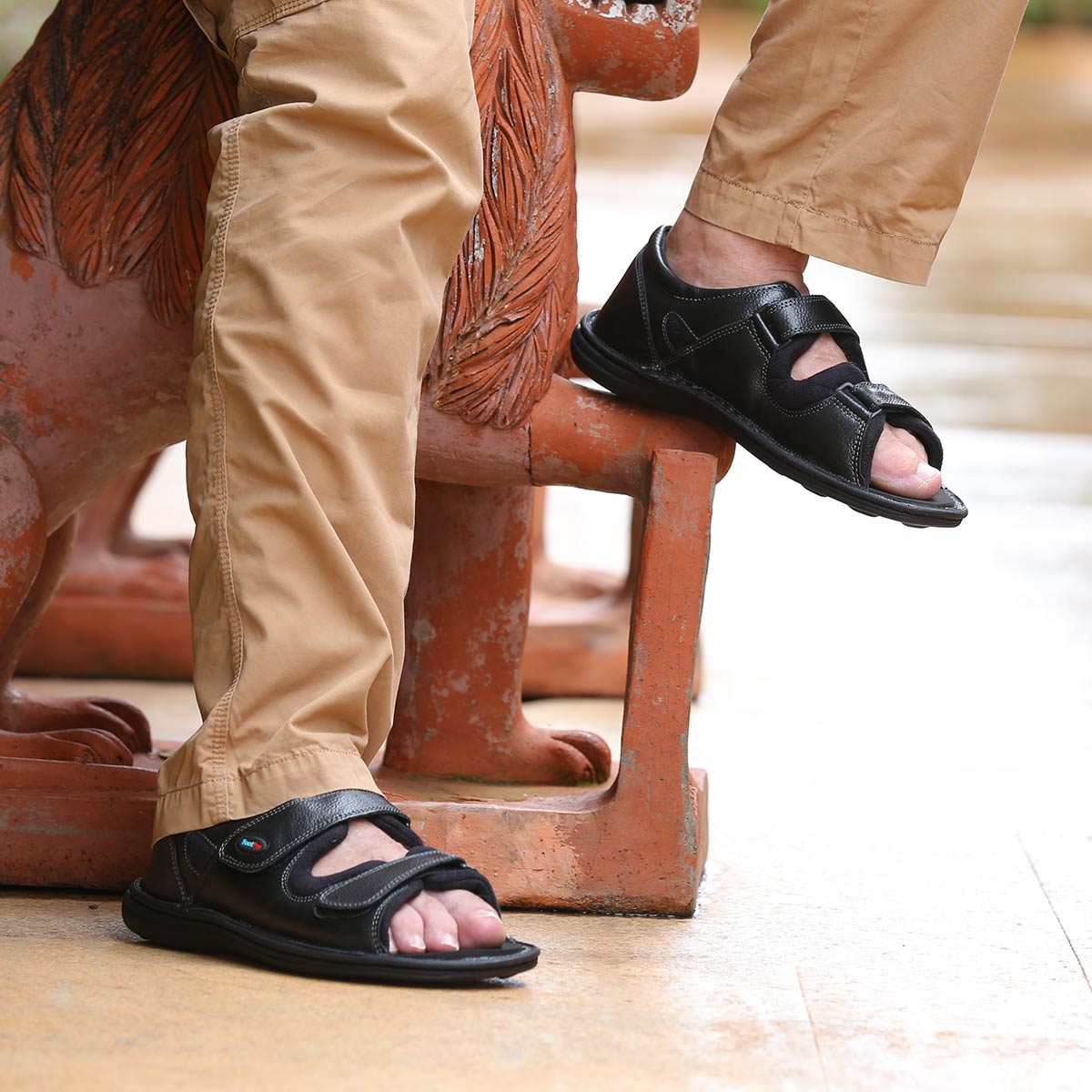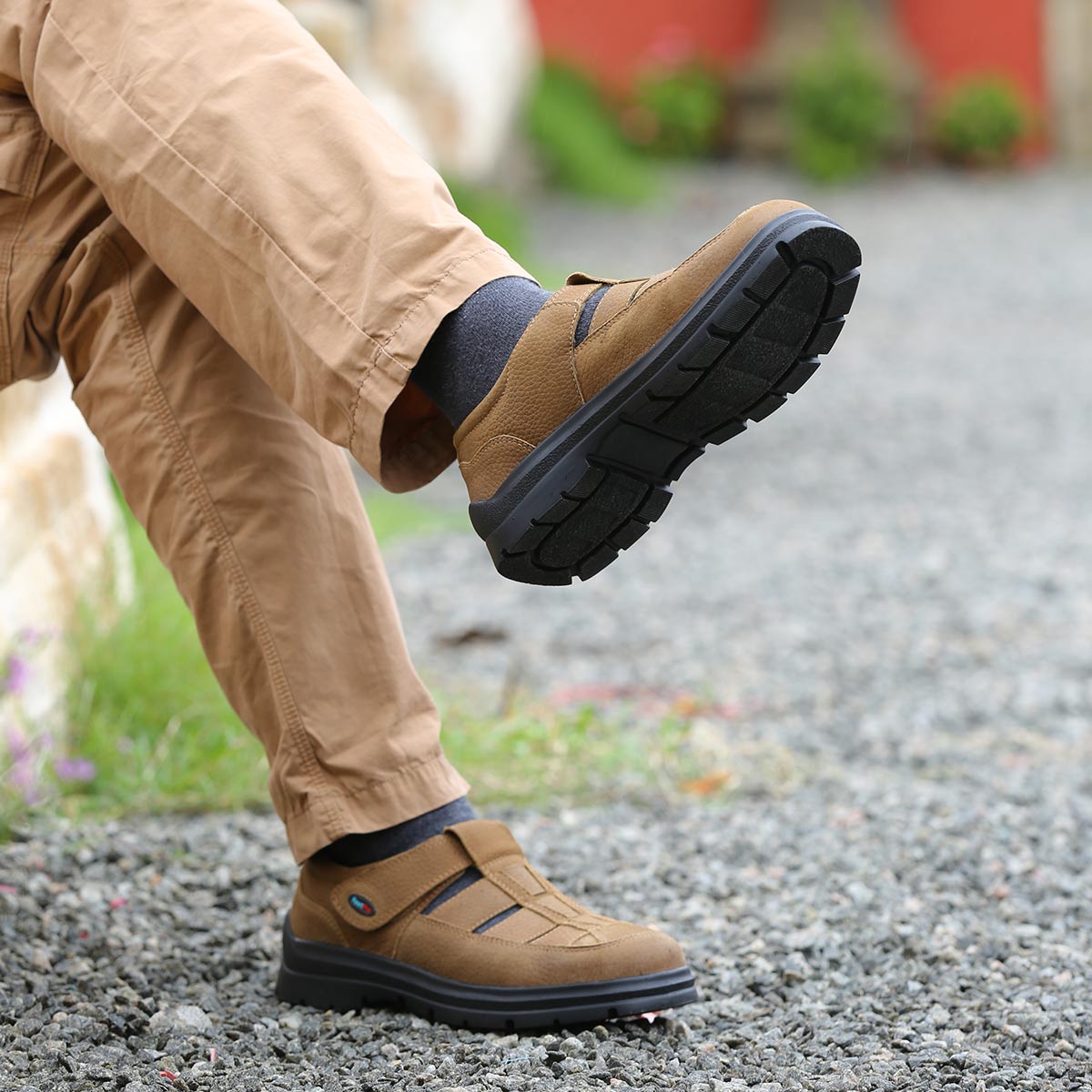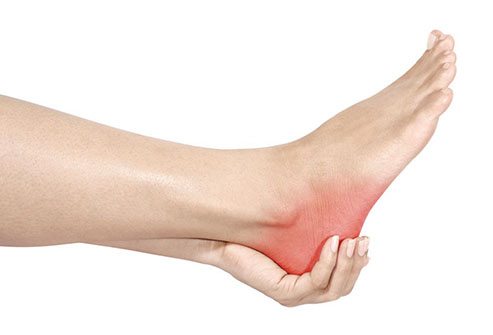
Heel Pain
Heel pain is a very common foot problem. The sufferer usually feels pain either under the heel (plantar fasciitis) or just behind it (Achilles tendinitis), where the Achilles tendon connects to the heel bone.
Even though heel pain can be severe and sometimes disabling, it is rarely a health threat. Heel pain is typically mild and usually disappears on its own; however, in some cases the pain may persist and become chronic (long-term).
In majority of cases, heel pain has a mechanical cause. It may also be caused by arthritis, infection, an autoimmune problem trauma, a neurological problem, or some other systemic condition (condition that affects the whole body). There may be various causes of heel pain like Plantar fasciitis (plantar fasciosis) - inflammation of the plantar fascia, Heel bursitis - inflammation of the back of the heel, the bursa (a fibrous sac full of fluid) ,Heel bumps (pump bumps) ,Tarsal tunnel syndrome ,Chronic inflammation of the heel pad , Stress fracture,Severs disease (calcaneal apophysitis) ,Achilles tendonosis (degenerative tendinopathy).
- Symptoms of heel pain
Heel pain typically comes on gradually, with no injury to the affected area. It is frequently triggered by wearing a flat shoe, such as flip-flop sandals. Flat footwear may stretch the plantar fascia to such an extent that the area becomes swollen or inflamed.In most cases, the pain is under the foot, toward the front of the heel.New research from the US suggests that wearing shoes such as high heels, pumps and sandals was strongly linked in women's later life with heel and ankle pain.
Treatments for heel pain
The following are common treatments for heel pain.
- Non-steroidal anti-inflammatory drugs (After consultation with a doctor)
- Corticosteroids
- Home care such as rest, ice-pack use, proper-fitting footwear and foot supports are often enough to ease heel pain.
- Physical therapy (physiotherapy)
- Night splints
In cases that are not severe, home care is probably enough to get rid of heel pain.
- Rest - avoid running or standing for long periods, or walking on hard surfaces. Avoid activities that may stress the heels.
- Ice - place an ice-pack on the affected area for about 15 minutes. Do not place bare ice directly onto skin.
- Footwear - proper-fitting shoes that provide good support are crucial. Athletes should be particularly fussy about the shoes they use when practicing or competing - sports shoes need to be replaced at specific intervals (ask your trainer).
- Foot supports - wedges and heel cups and Insoles can help relieve symptoms.
Orthotics
Insoles and orthotics (assistive devices) can be useful to correct foot faults, as well as cushioning and cradling the arch during the healing process. FootPro makes customized Insoles for support of the feet and to spread the pressure over the entire plantar surface of the feet, thereby reducing the stress and strain on one particular area.



